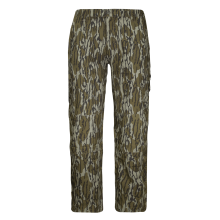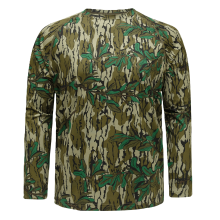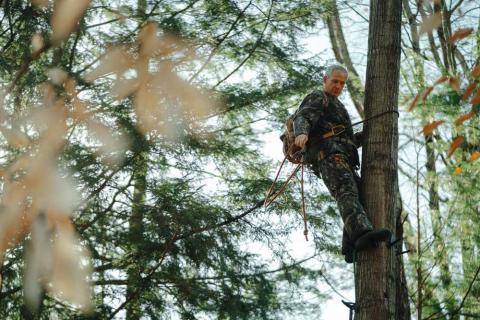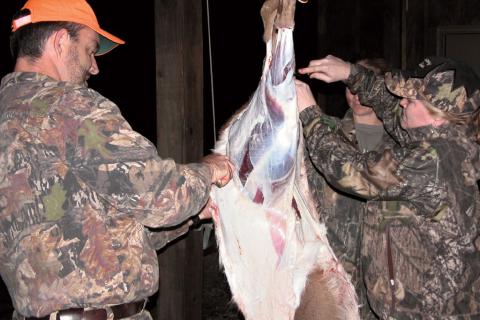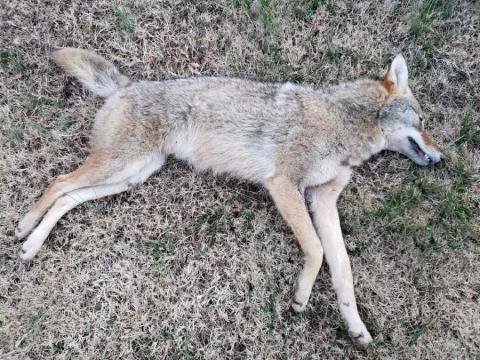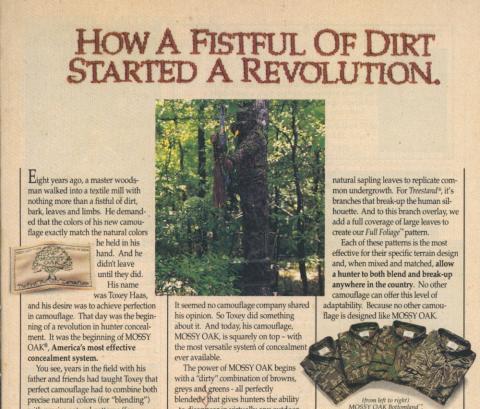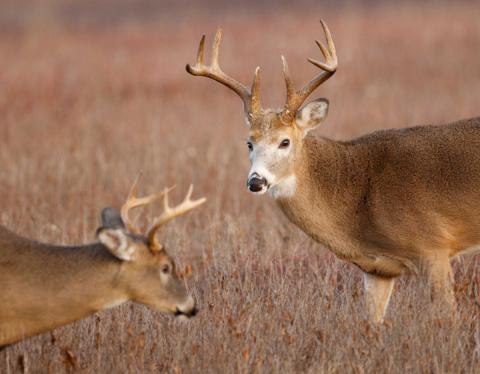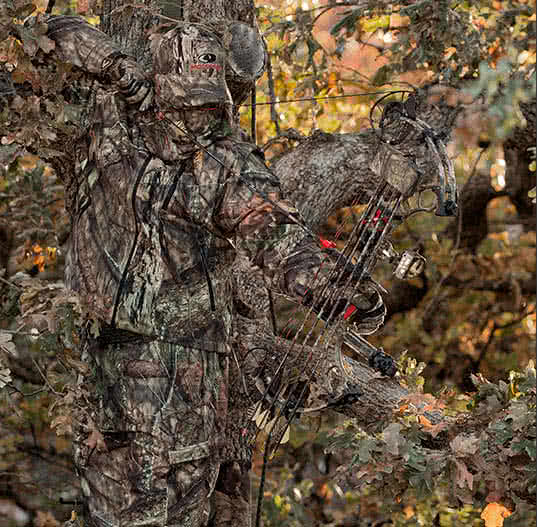Bart K. Davis

When it comes to East Coast sport fishing, few fish inspire as much passion and pursuit as the striped bass. These sleek, silver torpedoes called stripers haunt coastal waters from the Carolinas to Maine, offering anglers a perfect blend of challenge and reward. Whether you're fishing from a beach or boat, in the surf or offshore, striped bass are a worthy adversary—provided you know how to find and fool them.
Striped bass are migratory fish that spend much of their life moving between freshwater and saltwater. In spring, they migrate northward along the Atlantic coast and into rivers to spawn. In the fall, they return south as temperatures drop, feeding heavily before winter to pack on the pounds.
This migratory nature makes timing and location critical. In spring and early summer, stripers can be found in estuaries and rivers, particularly in areas with strong tidal currents and plenty of baitfish. As with many other species, moving water is key. In fall, they chase vast schools of menhaden, mullet and other forage fish in open water and along windswept beaches.
Knowing when and where to find them is half the battle. The other half is presentation—and that’s where your gear and tactics come in.
Striped bass can range in size from 5-pound schoolies to 50-pound trophies, so your gear needs to strike a balance between strength and finesse. For those fishing from a beach or shore, a 9- to 11-foot surf rod paired with a 5000 to 8000 series spinning reel gives you the optimal mix of casting distance and backbone to handle big fish in the surf. From a boat, a medium-heavy spinning or baitcasting rod is ideal for casting, jigging or live-baiting. Braided line is the standard among serious striper anglers due to its strength and sensitivity. I prefer to pair 20- to 30–pound-test test braid with 30-pound-test fluorocarbon leader to reduce visibility in the water. Use a uni-to-uni or FG knot for a solid braid-to-leader connection.
Stripers are opportunistic feeders and will hit a variety of lures depending on the conditions. When stripers are feeding on the surface—especially at dawn or dusk—there’s nothing more exciting than a topwater strike. Use poppers, chuggers or a “walk-the-dog” style lure like the classic Heddon Zara Spook to mimic injured baitfish. Soft plastics are incredibly versatile and effective year-round. Paddle-tail swimbaits rigged on a jig head work well in both calm and rough water. I like a mix of white, chartreuse, or natural baitfish colors. Bucktail jigs, especially when tipped with a soft plastic curly tail, are classic and deadly. They’re perfect for fishing structure like rock piles, jetties, and bridges. Bounce the lure along the bottom and be ready for a thumping strike.
During fall blitzes or when stripers are feeding on small bait, metal lures like those by Hopkins or diamond jigs are ideal. They cast far and imitate small forage fish effectively. They can also be jigged through the water column to target suspended fish in rips and eddies offshore. And when fishing deeper water or strong currents, nothing beats the real thing. Live eels, bunker, herring, or clams all make excellent bait. Hook them through the lips or back to keep them swimming naturally, and be sure to replace any tired or worn baits right away to up your chances of scoring a striper strike.

In summer, stripers move to cooler, deeper waters, but you can still catch them at night or during tide changes along beaches and inlets. Look for structure—sandbars, drop-offs, jetties. Cast topwater plugs at first light, or switch to bucktails and bait after dark. Autumn is prime time though. Stripers go into a feeding frenzy as they prepare for winter migration. Look for birds diving into schools of bait—stripers are likely underneath. Cast into the chaos with topwaters or metals, and hold on tight. In the southern parts of their range, stripers can be caught in deep channels and reservoirs through the winter. Vertical jigging with spoons or slow-rolling swimbaits near structure is your best bet.
Stripers are heavily influenced by tide and light. Moving water triggers feeding behavior, so the best times to fish are often two hours before and after a tide change. Early morning and dusk are prime windows, especially in clear water conditions. Cloud cover and light chop can improve your odds, making fish less wary. On calm, bright days, scale down your presentation and approach stealthily.
Striped bass populations have seen significant fluctuations over the past few decades. Many anglers now practice catch-and-release, especially with larger breeding fish. Use circle hooks when fishing bait, handle fish with wet hands, and release them quickly. Always check your local regulations—season dates, slot limits, and gear restrictions vary by state and can change annually.
Catching striped bass is a pursuit steeped in tradition, strategy and excitement. Whether you’re battling a 40-pounder in open surf or coaxing a schoolie from an estuary creek, the thrill is undeniable. Mastering the art of striped bass fishing means learning to read the water, adapting your tactics to the seasons and respecting the resource.













